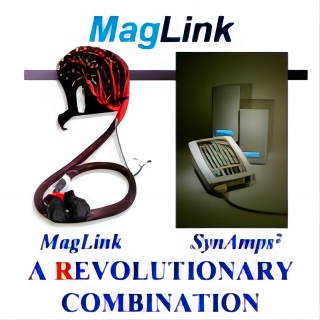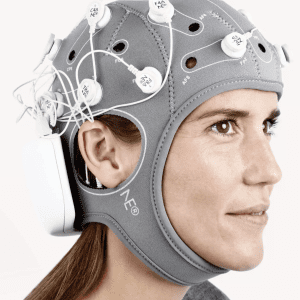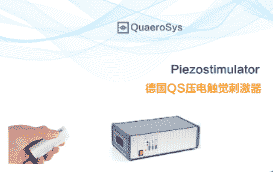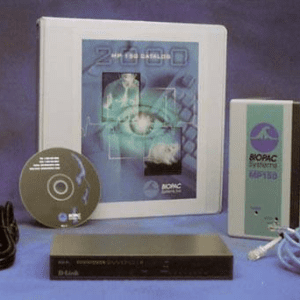Description
Can be combined with fMRI for simultaneous data acquisition and recording of high quality EEG/ERP signals


|
Neuroscan introduces the MagLink system for simultaneous EEG/ERP data acquisition with fMRI. This second generation system builds on the original technology by increasing bandwidth and eliminating preamplifiers and optical coupling. This passive transmission MagLink system provides the ability to record EEG/ERP data in a pulse sequence.
The MagLink system uses Neuroscan's amplifiers and has been tested for safety at field strengths of 4 Tesla and high densities. the MagLink system is mounted on the MRI system panel to ensure that no RF noise interference enters the shielded room. Because MagLink is a passive transmission system, no equipment such as power supplies, clocks or converters need to be installed in the shielded room. Therefore, valuable EEG data can be collected while fMRI interference signals are rejected. |
|
Neuroscan's complete EEG/ERP software analysis package, using a new version of SCAN software, provides powerful online and offline capabilities to remove interference such as ECG and pulse artifacts. Post-processing tools also allow ERP studies, source localization analysis using Source and Curry software, and comparisons in an fMRI environment, among other tasks.
The combination of space and time.
|
|
MagLink electrode cap.
|
|
MagLink System.
|
|
Acquisition and analysis software .
Neuroscan base EEG/ERP analysis and dipole localization software now adds new technology for data acquisition in the MRI environment. SCAN and its associated ToolBox feature applies edge-cutting technology to every EEG data acquired from MRI. In addition as a complete standard acquisition tool, the MRI system includes the following features:
Amplifier.
Neuroscan offers a variety of amplifiers to choose from, each of which can acquire high-quality signals in the rigorous fMRI environment. The conditions for obtaining accurate EEG signals in the MRI environment are: low electrode impedance, very good signal-to-noise ratio, large input range and high common mode rejection ratio. All Neuroscan amplifiers allow signal acquisition with a DC bandwidth, which ensures that the amplifier recovers quickly from a large number of magnetic field artifacts so that the amplifier does not reach saturation. These features are all critical for successful signal recording in MRI systems. Pulse sequence artifacts are a series of interfering signals whose amplitude is much greater than the amplitude of the signal of interest. That said, amplifiers for recording in the fMRI environment also need to be sensitive to the detection of small amplitude signals. 22-bit and 24-bit amplifiers are available from Neuroscan. |
|













































